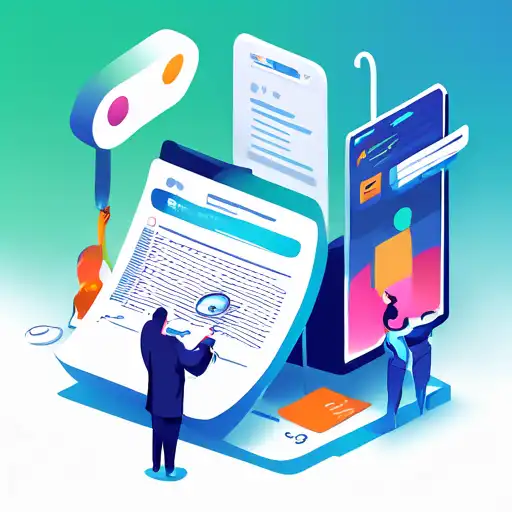Why Website Accessibility Matters
In today's digital age, making your website accessible is not just a matter of legal compliance but also a reflection of your brand's inclusivity. Accessibility ensures that all users, including those with disabilities, can navigate, understand, and interact with your website effectively.
Key Strategies to Improve Website Accessibility
Improving your website's accessibility can seem daunting, but by focusing on a few key areas, you can make significant strides. Here are some essential strategies:
- Use Semantic HTML: Proper use of HTML tags not only helps with SEO but also ensures that screen readers can interpret your content correctly.
- Ensure Keyboard Navigation: Many users rely on keyboards rather than mice. Make sure all interactive elements are accessible via keyboard.
- Contrast and Color Usage: High contrast between text and background improves readability for users with visual impairments.
- Alt Text for Images: Providing descriptive alt text for images aids users who rely on screen readers.
Tools and Resources for Testing Accessibility
Several tools can help you evaluate and improve your website's accessibility. Consider using WAVE for comprehensive accessibility testing or axe for automated testing integrated into your development process.
Implementing ARIA Landmarks
ARIA (Accessible Rich Internet Applications) landmarks provide a way to make web content and applications more accessible to people with disabilities. By defining roles such as 'navigation', 'main', and 'search', you can help users understand the structure of your page.
Creating Accessible Forms
Forms are a critical part of many websites but can be a barrier if not designed with accessibility in mind. Ensure all form elements have associated labels, provide clear instructions, and offer error messages that are easy to understand.
The Role of Responsive Design in Accessibility
A responsive design ensures your website is usable across a variety of devices and screen sizes, which is a key component of accessibility. This approach benefits users with disabilities by providing a flexible and adaptable user interface.
Conclusion
Making your website more accessible is an ongoing process that benefits all users and reflects positively on your brand. By implementing the strategies outlined above, you can take meaningful steps toward inclusivity and improve your site's SEO performance. Remember, accessibility is not just a feature—it's a fundamental aspect of web design.
